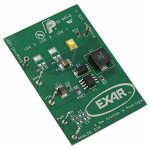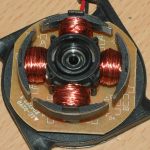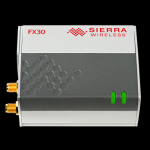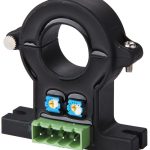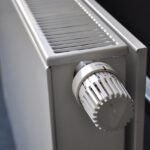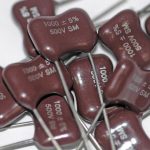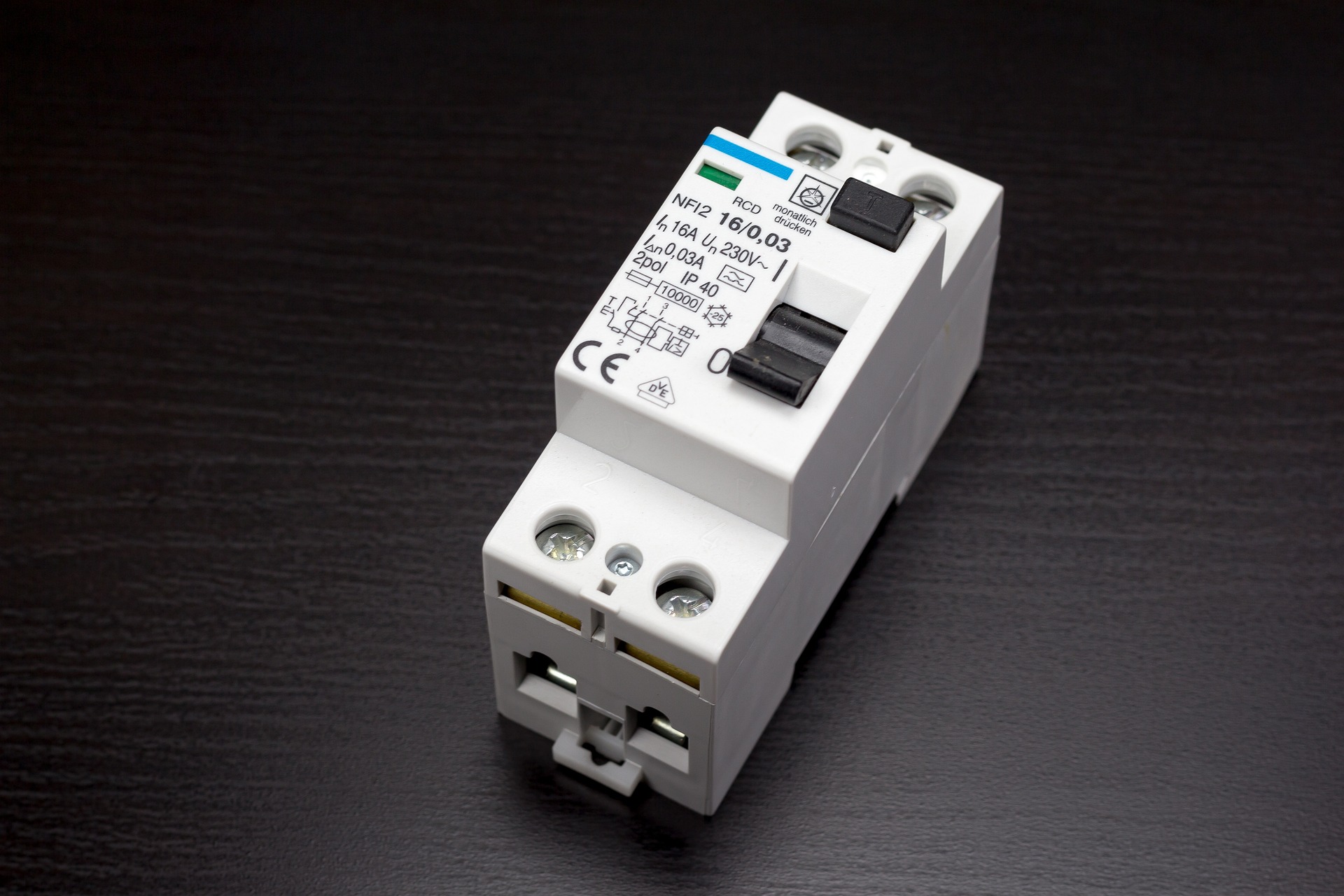
Circuit breakers are overcurrent protection devices that control the current passage. Sometimes, when electric current fluctuates, it could damage the devices and equipment. A higher current dose can damage the electronic components used on the circuit boards inside the gadgets in a matter of nanoseconds. Only because of this reason, every year, millions of dollars of equipment get damaged. In this way, people suffer damage loss, especially power supplies of computers, laptops, AC, and other chargers of cell phones; what a person can do to save them, how to stabilize this fluctuation of current. For this, stabilizers and circuit breaker are being used.
Why do we Use a Circuit Breaker?
The main purpose of the circuit breaker is safety and breaking open and close.
- Circuit breaking is actually preventing the arc form re-sticking
- This quickly extinguishes the arc
- It is safe when breaking open the circuit
Actually, a circuit breaker restrains the overflow of the current. A specific range of current passes through the breaker, then its terminals are damaged, and it is switched off. It has a trip and phenomenon, and it has some mechanical energy stored in it. That contains an air gap and a spring.
Here in this Article, we Will Learn About the Types of Circuit Breakers, their uses, and their Benefits
Whether you have lightning circuits, feeder controllers, electrical power systems, or domestic applications, you still need to put the circuit breaker for your safety.
There are low-voltage, medium-voltage, and high-voltage circuit breaker available in the market.
Low-Voltage Circuit Breakers
Low-voltage circuit breaker are specially used for home or domestic appliances overcurrent protection. They are sensitive to a fixed amount of current that is required for the home appliances. If over-current passed through them, they would switch off automatically. In this way, no over-current would be pas through the circuit breaker and ultimately from the appliances. So, our home domestic daily use items remain secure. They are known by their way of configuration and include the following types of breakers;
- Low-voltage power circuit breakers
- Insulated case circuit breakers
- Molded case circuit breakers
Such low-voltage circuit breaker include the 120/208 V and 277/480 V connections. Add to this; these low voltage circuit breakers can bear up to 635 voltages.
Medium-Voltage Circuit Breakers
Medium-voltage circuit breaker are also being used at home and domestic level appliances, but they have protective relays. Such protective relays give the signal to trip when over current is passed. It does not contain OCPDs.
These are also called MCCBs and include the thermal-magnetic OCPDs. This is made as per the standard defined by the IEEE. Such medium-voltage circuit breakers include the below-listed types of breakers.
- Molded-case switch circuit breaker
- Interchangeable trip
- Sealed case circuit breakers
Here are a Few Basic Types of Circuit Breakers:
AC Circuit Breakers:
AC is an alternating current, and its frequency fluctuates all the time. At some point, its value is zero, and this is not generating the current. Circuit breaker that are using the AC current are different from that of DC current circuit breaker.
High Voltage AC Circuit Breakers:
High voltage is different for different standards. According to IEC, exceeding 1000v is considered high voltage. If a circuit breaker sustains till 1000v and doesn’t trip, it would be called a High voltage AC circuit breaker.
HV-AC Circuit Breakers have Two Further Types:
- Oil-less circuit breakers
- Oil-filled circuit breakers
Some circuit breaker use oil as an insulating material; these are known as the oil circuit breaker.
It has further two types of divisions;
- Bulk oil circuit breakers
- Minimum oil circuit breakers
Air Circuit Breakers:
These are oilless circuit breaker and use air for arc extinguishing. We use them in the appliance that uses 15KV and 10K amperes of current. It has no oil that’s because there are fewer chances of oil burning in it.
This type of breaker is further distributed in other types;
- Air blast circuit breakers
- Magnetic blow-out circuit breakers
- Arc-chute circuit breakers
- Plain air circuit breakers
There are Four other Common Types of Circuits Breakers Listed Below:
- Standard-single pole breaker
- Standard double pole breaker
- The ground fault circuit interrupter
- Arc fault circuit interrupter
Standard Single Pole Breaker:
As the name shows, this breaker is being used for a single circuit, whether it is your domestic appliance or unit. Either lights or kitchen items, and it takes only one slot in the electrical panels. Its protection ranges between 15 to 20-ampere current flow. By default, it is set to the open gate, and one wire is passed through it. Assuming once a current flow increases or any fault is found in the gadget, it stops working.
If this is a trip once, then you need to reset it again. If this circuit breaker keeps tripping, again and again, this is a clear signal of some fault, and electricians need to investigate it further.
Standard Double Pole Breakers:
The working principle is the same as the single pole breaker. But these are good for the costly and heavy equipment, that mainly includes the AC, refrigerators ad, etc. Other appliances require two wires to provide sufficient energy to operate smoothly, and these are good for them. They have two slots, and two wires are inserted in them. They also protect the overload current but have a handle to reset them and essentially require for the high ampere appliances.
Ground Fault Circuit Interrupter:
This type of gadget protects someone from electrical shocks. When two wires get mixed, especially with ground wire, these conductors change the path of current flow, and this is unintentionally done. Such a ground fault circuit interrupter protects from them. In addition, it measures the current going to the load and going out to the load, and if this difference is high, it switches off and protects the whole environment.
These are good for the kitchen, washrooms, and places where water flow and presence are high.
Arc Fault Circuit Interrupter Breakers:
This is a requirement from the NEC and essentially requires the bedrooms and every room in the house. Here we have to understand the arc if your electrical connections are loose and allow the current to jump and retain the connection. This flow of current would be an electric arc. In order to eliminate the arc, one needs to tighten the loose connection. For this protection, Arc fault circuit interrupters are made.
Finally, there are a series of electronic components and circuit breaker in the electrical engineering world. These are up to the mark and essential home security gadgets. According to new standards, implementing circuit breaker and safety equipment is essential, and everyone needs them at home as well as at the corporate level.






